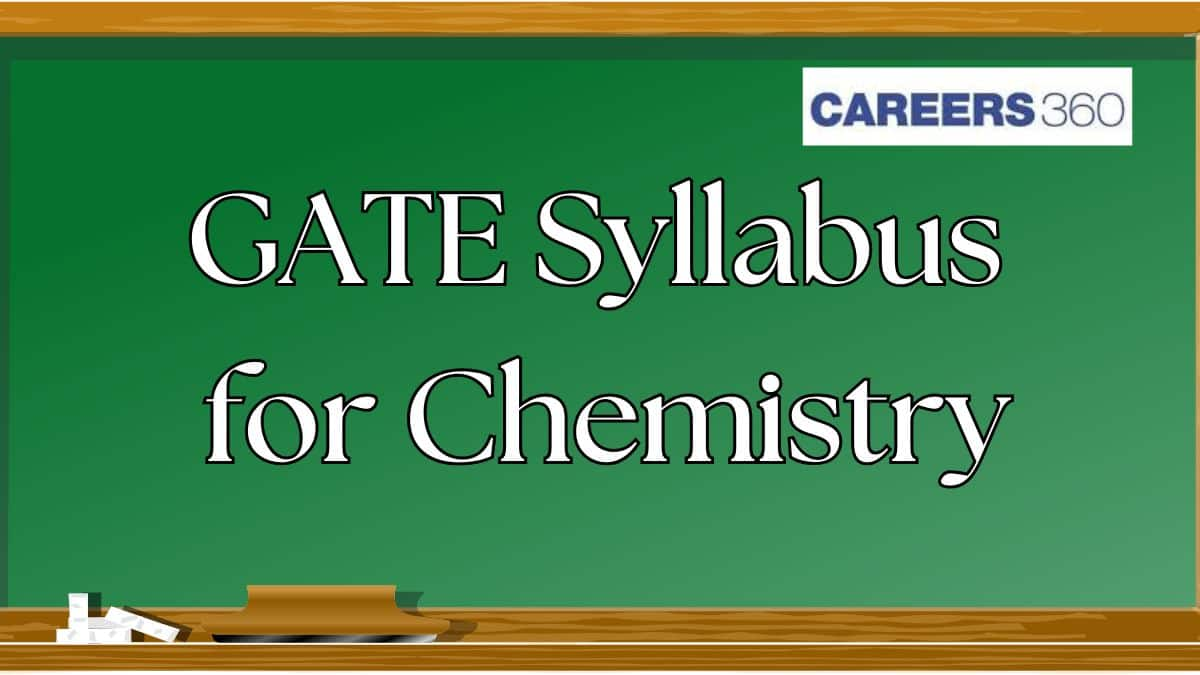Stereochemistry
| Chirality and symmetry of organic molecules with or without chiral centres and determination of their absolute configurations. Relative stereochemistry in compounds having more than one stereogenic centre. Homotopic, enantiotopic and diastereotopic atoms, groups and faces. Stereoselective and stereospecific synthesis. Conformational analysis of acyclic and cyclic compounds. Geometrical isomerism and optical isomerism. Configurational and conformational effects, atropisomerism, and neighbouring group participation on reactivity and selectivity/specificity. |
| Reaction Mechanisms | Basic mechanistic concepts – kinetic versus thermodynamic control, Hammond’s postulate and Curtin-Hammett principle. Methods of determining reaction mechanisms through kinetics, identification of products, intermediates and isotopic labelling. Linear free-energy relationship – Hammett and Taft equations. Nucleophilic and electrophilic substitution reactions (both aromatic and aliphatic). Addition reactions to carbon-carbon and carbon-heteroatom (N and O) multiple bonds. Elimination reactions. Reactive intermediates – carbocations, carbanions, carbenes, nitrenes, arynes and free radicals. Molecular rearrangements
|
| Organic Synthesis | Synthesis, reactions, mechanisms and selectivity involving the following classes of compounds – alkenes, alkynes, arenes, alcohols, phenols, aldehydes, ketones, carboxylic acids, esters, nitriles, halides, nitro compounds, amines and amides. Uses of Mg, Li, Cu, B, Zn, P, S, Sn and Si based reagents in organic synthesis. Carbon-carbon bond formation through coupling reactions - Heck, Suzuki, Stille, Sonogoshira, Negishi, Kumada, Hiyama, Tsuji-Trost, olefin metathesis and McMurry. Concepts of multistep synthesis - retrosynthetic analysis, strategic disconnections, synthons and synthetic equivalents. Atom economy and Green Chemistry, Umpolung reactivity – formyl and acyl anion equivalents. Selectivity in organic synthesis – chemo-, regio- and stereoselectivity. Protection and deprotection of functional groups. Concepts of asymmetric synthesis – resolution (including enzymatic), desymmetrization and use of chiral auxiliaries, organocatalysis. Carbon-carbon and carbon-heteroatom bond forming reactions through enolates (including boron enolates), enamines and silyl enol ethers. Stereoselective addition to C=O groups (Cram, Prelog and Felkin-Anh models).
|
| Pericyclic Reactions and Photochemistry | Electrocyclic, cycloaddition and sigmatropic reactions. Orbital correlations - FMO and PMO treatments, Woodward-Hoffmann rule. Photo Chemistry of alkenes, arenes and carbonyl compounds. Photooxidation and photoreduction. Di-π-methane rearrangement, Barton-McCombie reaction, Norrish type-I and II cleavage reaction.
|
Heterocyclic Compounds
| Structure, preparation, properties and reactions of furan, pyrrole, thiophene, pyridine, indole, quinoline and isoquinoline. |
| Biomolecules | Structure, properties and reactions of mono- and di-saccharides, physicochemical properties of amino acids, chemical synthesis of peptides, chemical structure determination of peptides and proteins, structural features of proteins, nucleic acids, lipids, steroids, terpenoids, carotenoids, and alkaloids.
|
Experimental techniques in Organic Chemistry
| Optical rotation (polarimetry). Applications of various chromatographic techniques such as thin-layer, column, HPLC and GC. Applications of UV-visible, IR, NMR and Mass spectrometry in the structural determination of organic molecules.
|

